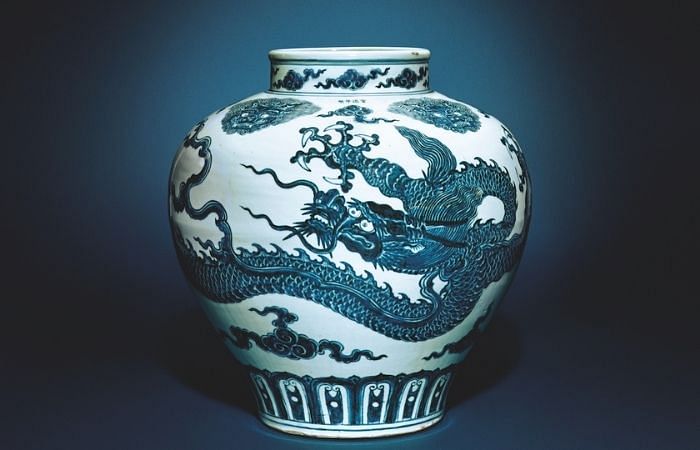China
Ming Vase
Ming Vase
Matthew 12:8
“For the Son of man is Lord even of the sabbath day.”
A Ming vase from the Yongle dynasty, when the porcelain reached its most refined form.Credit...British Museum
Ming was not a family name but an appellation, meaning “bright,” “luminous” or “shining.”
Chess: "China" "Ming Vase"
 Few objects in the world are so famous that they are known by their place of origin. Like Champagne and Damascus steel and limousines, Chinese porcelain joined the ranks of eponyms when the English-speaking world came to call it “china”. And from this transliteration sprang another curious figure of speech: the Ming vase.
Few objects in the world are so famous that they are known by their place of origin. Like Champagne and Damascus steel and limousines, Chinese porcelain joined the ranks of eponyms when the English-speaking world came to call it “china”. And from this transliteration sprang another curious figure of speech: the Ming vase.This is fascinating for two reasons. Firstly, the Ming dynasty refined ceramic development. But it was the improved enamel glazes of the early Qing dynasty, fired at a higher temperature, that acquired a more brilliant look than those of the Ming dynasty. Secondly, blue and white porcelain – the kind we’re most familiar with – wasn’t even a Ming invention.
It first appeared in the earlier Tang and Song dynasties. So Ming porcelain was neither the first nor the best, but it remains one of the most significant milestones in ceramic history because it was during this dynasty (1368-1644) that China dramatically improved its ceramic technology. The imperial court developed a taste for more vibrant colour schemes, and overall economic prosperity meant a greater demand for beautiful homeware. Foreign trade was also at an all-time high, leading to the reputation of China’s beautiful porcelain spreading far and wide.
The Ming’s porcelain prowess had so exceeded the quality of its predecessors that the Ming dynasty’s Yongle Emperor ordered the construction of a pagoda with white porcelain bricks in his capital city of Nanjing sometime during the 15th century. The Porcelain Tower of Nanjing became one of the seven wonders of the medieval world. A modern replica still exists today.
The Ming dynasty’s achievements were many, including the building of the Forbidden City and the majority of the Great Wall, advancing printing methods, and maintaining the largest economy in the world. But for most, it’s the breathtaking work of the era’s best porcelain craftsmen that define the period. And who can fault them?





No comments:
Post a Comment